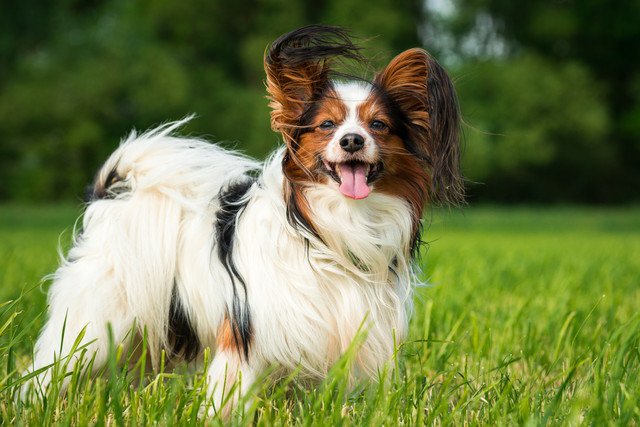Papillon Dog Breed
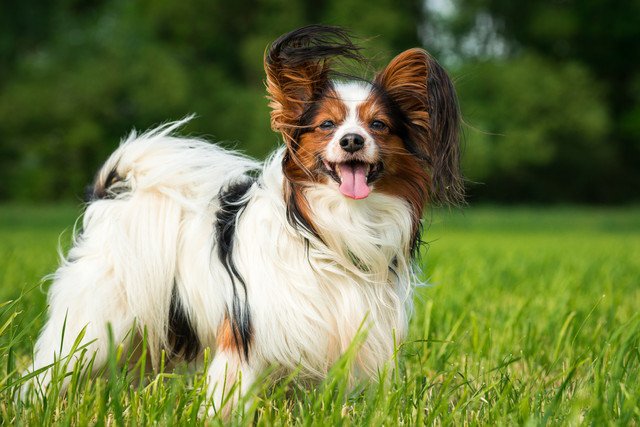
| Aspect | Details |
|---|---|
| Origin | France/Belgium |
| Birth Era | 16th century |
| Crossbreed | No, purebred |
| Temperament | Friendly, alert, intelligent, happy |
| Physique | Small, 5-10 pounds, elegant |
| Coat | Long, fine, silky coat |
| Lifespan | 14-16 years |
The Papillon, known for its small size and elegant appearance, is greatly valued in Japan. Its history in Europe, especially among the nobility, echoes in Japanese culture, where the breed’s intelligence and strong human bonds are highly esteemed. The name “Papillon,” French for “butterfly,” reflects the breed’s butterfly-like ears. Weighing about 4 to 5 kilograms, they are lively and curious, despite their small size.
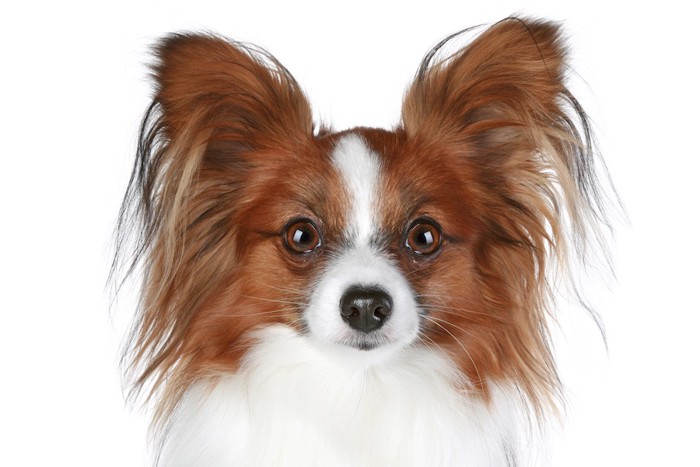
In Japan, their unique look and endearing character make them popular family pets.
Coat Color
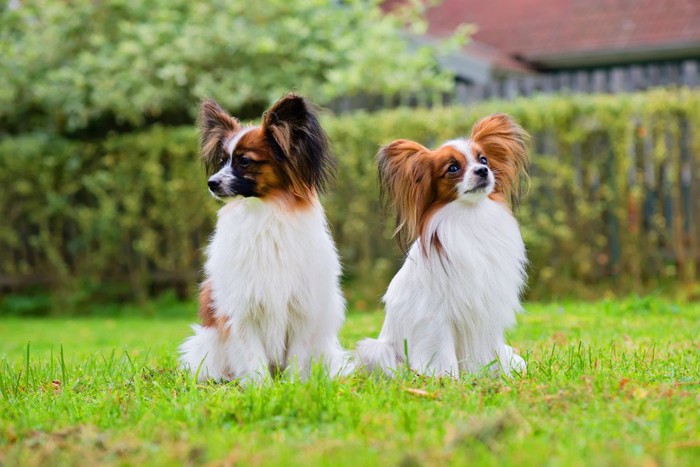
The coat color of the Papillon, with its diversity and beauty, is highly appreciated in Japan. In Japanese culture, the appearance of a pet is considered an important aspect of its personality.
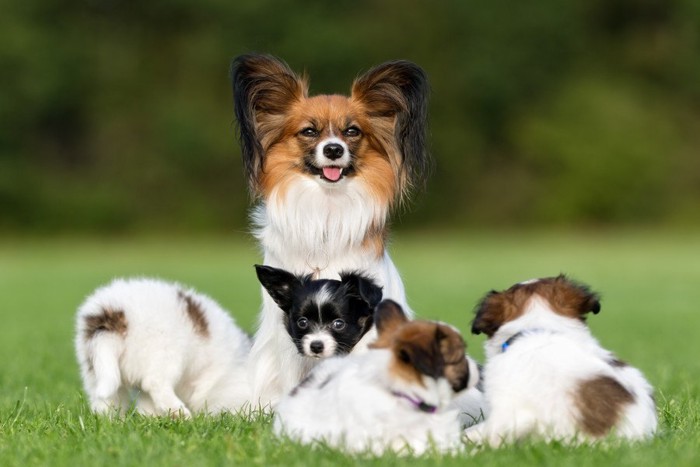
The Papillon’s predominantly white coat with patches of black, brown, red, and cream highlights each dog’s individual charm. These patches are randomly placed around the face, ears, and body, with those around the ears and above the eyes particularly accentuating the Papillon’s distinctive expression and are cherished in Japan.
This emphasis on the Papillon’s unique coat patterns reflects the Japanese appreciation for the aesthetics and individuality of their pets.
Coat Type
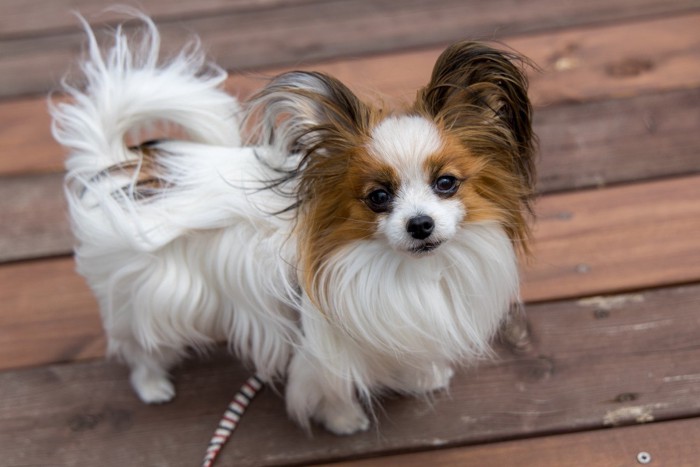
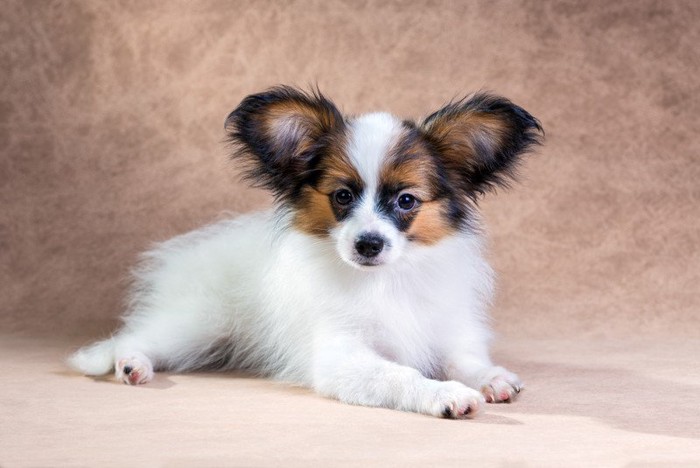
The Papillon, a breed adored in Japan, is renowned for its stunning and elegant coat. Essential in Japanese pet care culture is the grooming and maintenance of a pet’s fur, viewed as pivotal for their health and beauty. Papillons boast a distinctive coat that’s long, straight, and silky. This is particularly noticeable around their ears, chest, and tail, where it elegantly flows with each movement. Their luxurious coat has a dual-layered structure; the outer layer features long hair that enhances their visual appeal, while the softer undercoat plays a key role in regulating their temperature.
Size
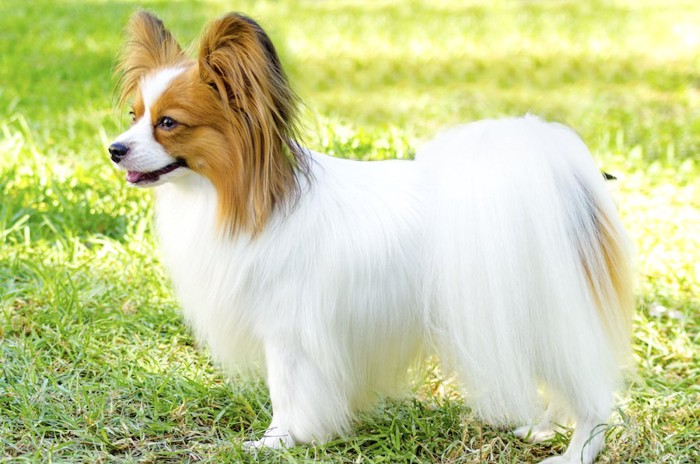
With a height of about 20 to 28 centimeters, the Papillon is a small breed well-suited to Japanese housing environments, and its delicate and graceful appearance aligns with Japanese preferences. Despite their slender and elegant limbs, they are surprisingly muscular and sturdy.
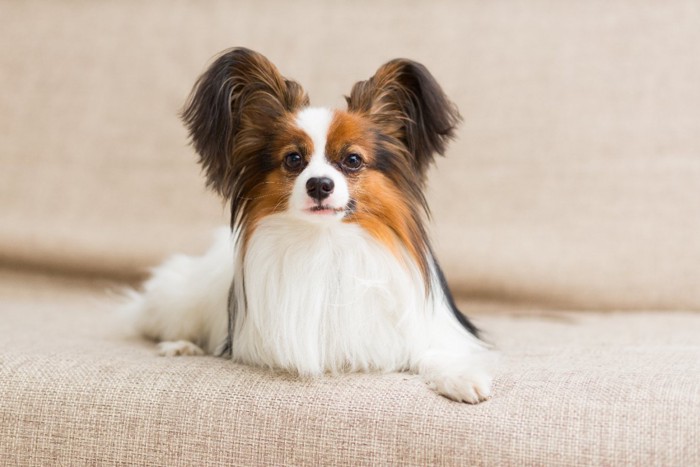
In Japan, there is a tendency to favor small yet healthy and robust dog breeds, making the Papillon particularly popular. There’s not much size difference between males and females, with males tending to be slightly larger, but both are suitable for Japanese households. This preference for small and sturdy breeds highlights the practicality and suitability of the Papillon in Japanese living spaces.
Weight
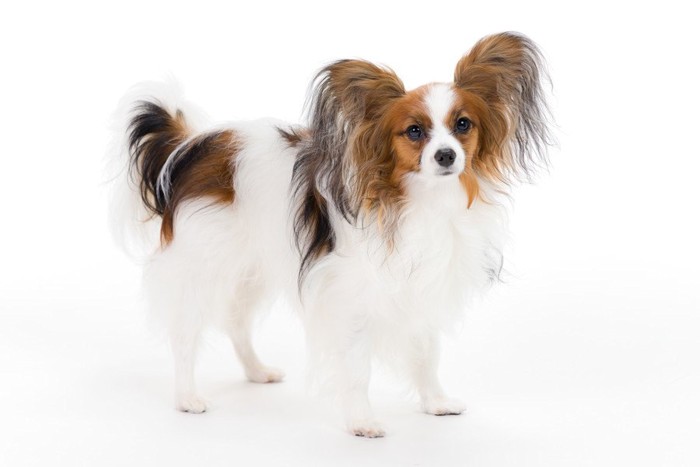
While individual differences exist, the standard weight of an adult Papillon ranges from 2 to 6 kilograms. In Japanese pet-rearing culture, special attention is paid to weight management during growth stages.
Papillons, born weighing between 100 to 150 grams, undergo significant weight changes until about 7 months of age, a period where health management is considered crucial. Around 8 months, their weight gain stabilizes, and then they gradually grow to reach the weight of an adult.
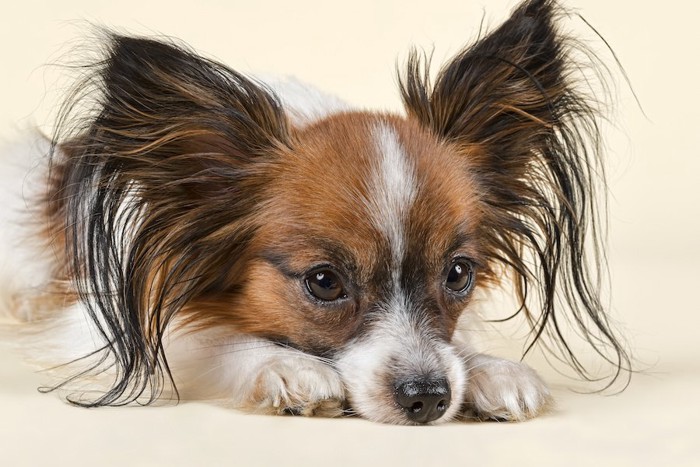
Japanese pet owners carefully monitor this growth process, emphasizing proper diet and exercise to support healthy development. This meticulous approach to weight management reflects the commitment to the well-being of these beloved pets in Japanese households.
Lifespan
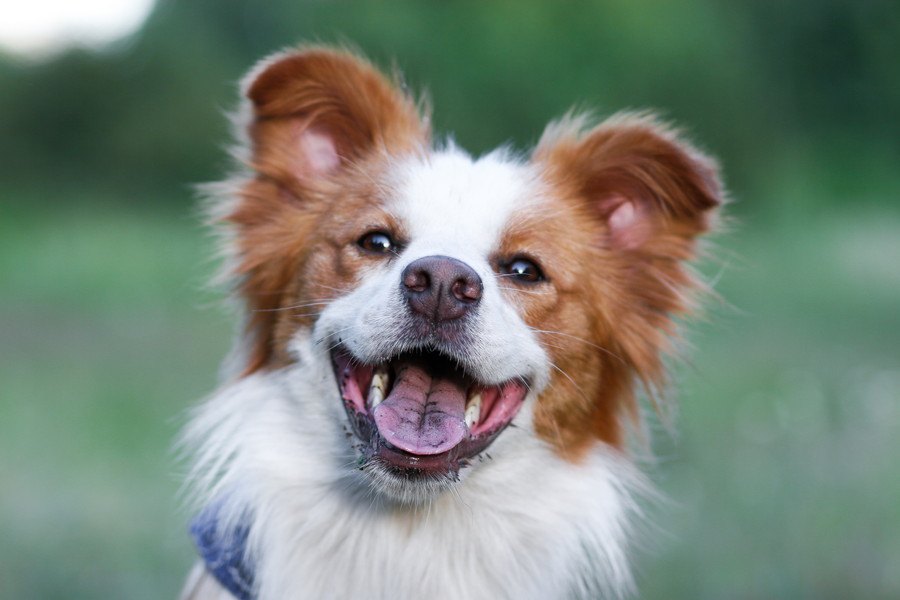
The average lifespan of a Papillon is said to be 13 to 15 years, which aligns with the average lifespan of small breeds in Japan. In Japan, there’s a culture of valuing the longevity of pets, and the long lifespan of breeds like the Papillon is cherished by Japanese owners. There’s no significant difference in lifespan between males and females, with the oldest known Papillon reaching 23 years.
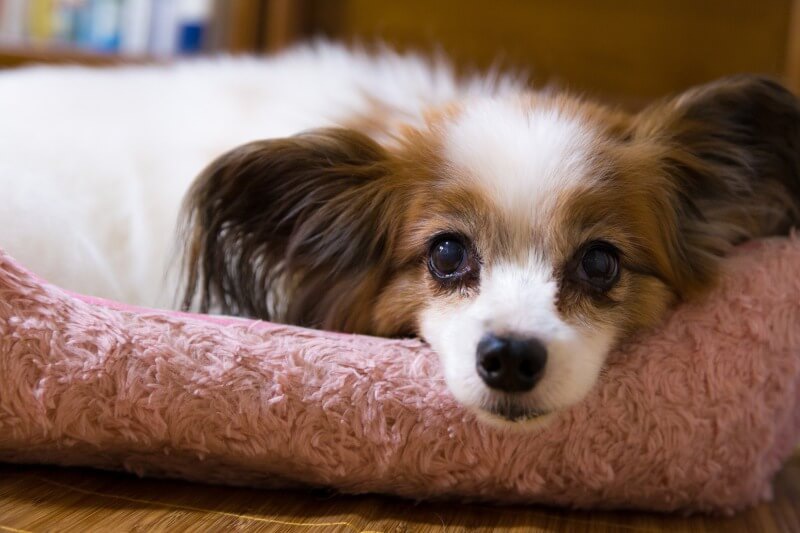
The secret to the Papillon’s longevity in Japan lies in thorough health management, including daily diet and exercise. This is part of the careful and loving pet care commonly practiced by Japanese pet owners. Their dedication to ensuring their pets live long and healthy lives is a testament to the strong bond between people and their Papillons in Japan.
Trainavility
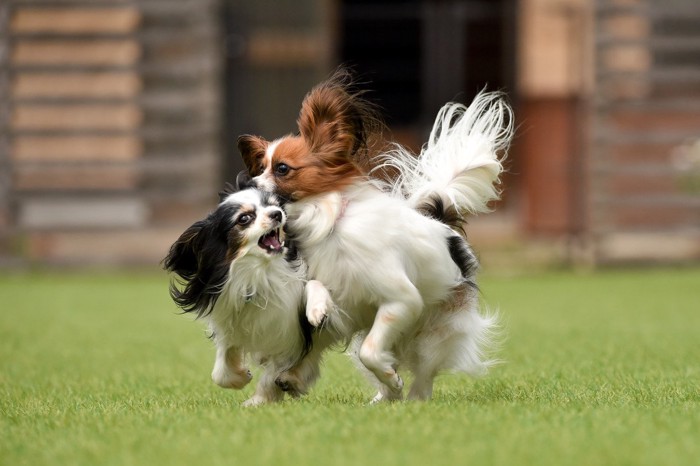
The Papillon is a breed known for its high intelligence and eagerness to learn, fitting well with the Japanese culture that values communication with pets. This breed’s ability to quickly learn new commands and tricks is highly appreciated in Japan, where training methods using positive reinforcement are effective for pet owners. Enjoying interaction with their owners, training sessions are a wonderful opportunity to deepen the bond with Papillons.
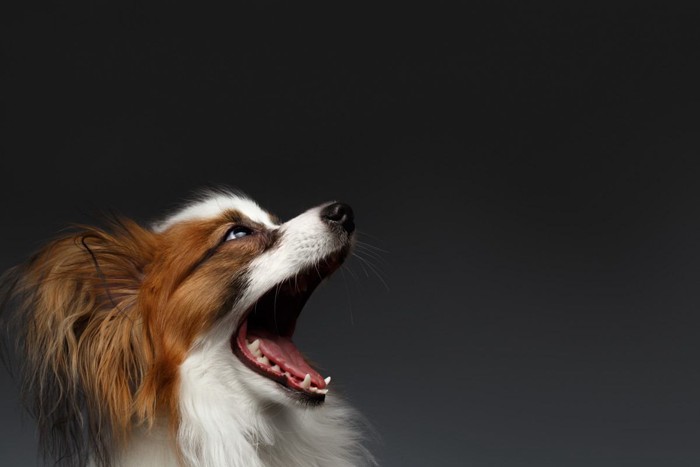
Their adaptability also makes them suitable for learning household manners and social skills. Regular training sessions not only provide mental stimulation for the Papillon but also enhance their sense of well-being in Japanese homes. This emphasis on positive and interactive training contributes to the overall happiness and well-adjusted behavior of Papillons in Japanese households.
Exercise
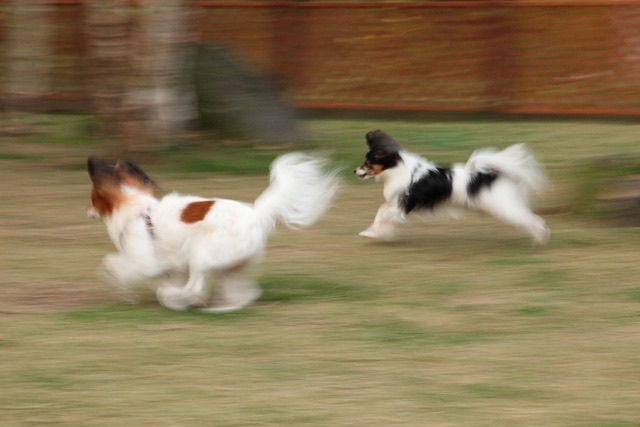
The Papillon, an active and exercise-loving breed, is also recognized for its exercise needs in Japan. Despite their delicate appearance, they possess high physical abilities and stamina, requiring more vigorous exercise than other small breeds.
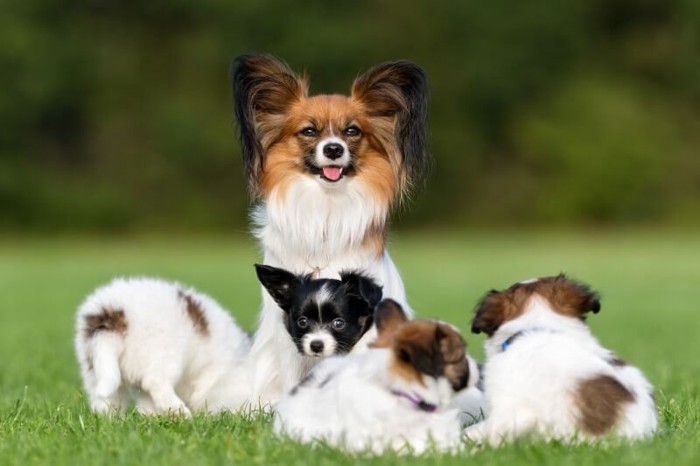
In Japan, there’s an understanding that a lack of exercise can lead to stress in pets, making daily walks and outdoor activities especially important. Typically, two 30-minute walks, one in the morning and one in the evening, are recommended. When dog parks are available, activities like ball games and free running are also ideal for the Papillon. This attention to their exercise requirements ensures that Papillons in Japan stay physically fit and mentally stimulated, contributing to their overall well-being.
Feeding
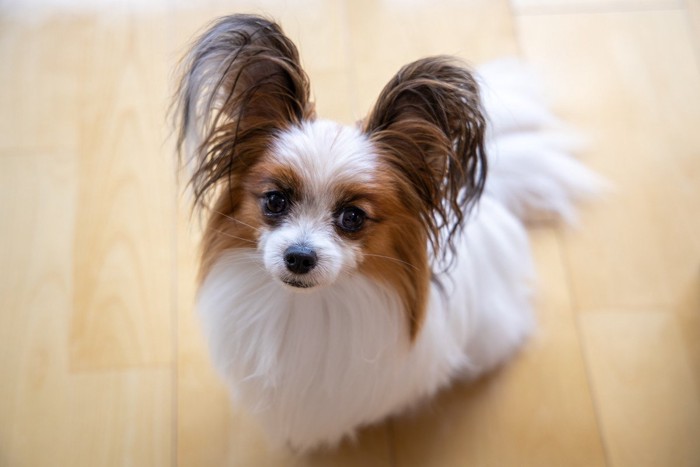
Diet management for Papillons is a crucial aspect of pet health care in Japan. This energetic small breed requires balanced nutrition to support its active lifestyle. In Japan, choosing high-quality dog food is especially important, with a preference for food containing appropriate amounts of protein, fats, carbohydrates, vitamins, and minerals.
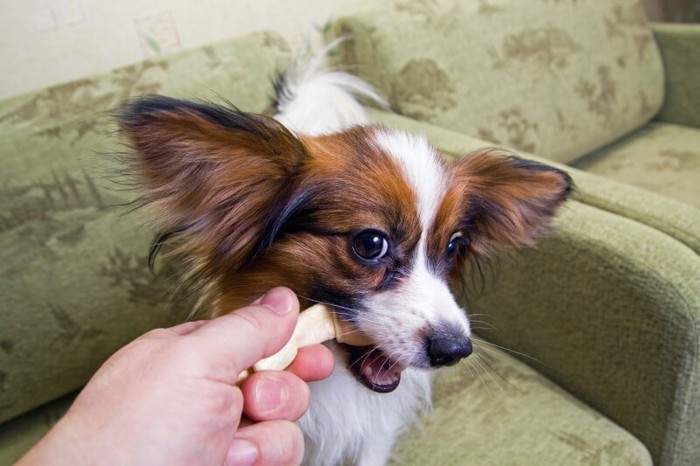
Since Papillons need careful weight management, Japanese pet owners are vigilant about controlling the quantity and frequency of their meals. Additionally, considering health, there is a tendency to avoid giving human food and excessive treats. This careful approach to nutrition is aimed at ensuring that Papillons in Japan maintain their ideal weight and overall health, reflecting the dedication of Japanese pet owners to the well-being of their furry companions.
Temperament

The Papillon, known for its lively and affectionate nature, is particularly favored in Japanese households. Its sociability and friendliness match well with the Japanese cultural emphasis on strong family bonds. In Japan, where pets are often treated as family members, intelligent and trainable breeds like the Papillon are highly valued. This playful breed can form good relationships with children and other pets.
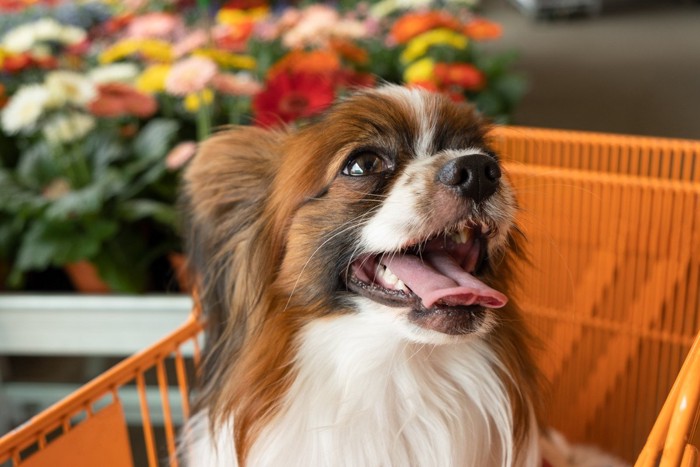
However, in Japanese homes, it’s also important to acknowledge and appreciate the Papillon’s bold and cautious aspects. For Papillon owners, it is considered essential to nurture a balanced personality through proper socialization and training, leveraging their sociability.
History
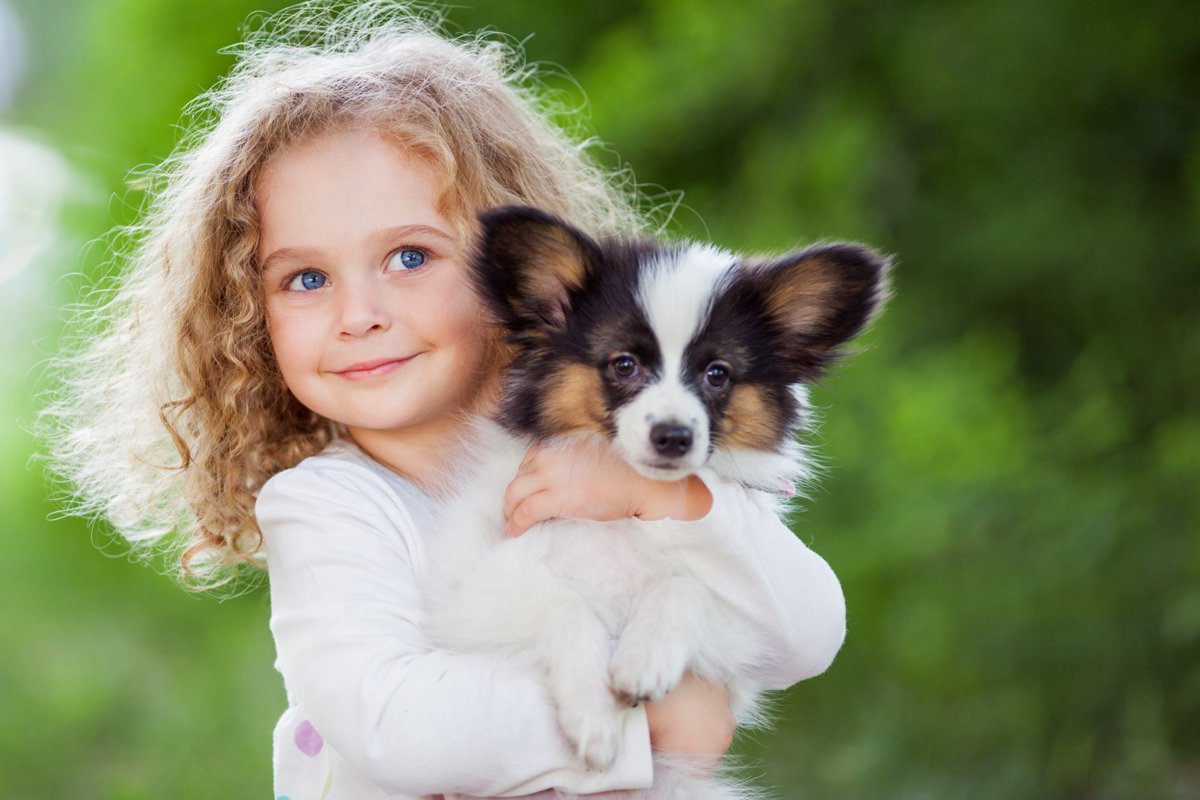
The Papillon, known for its elegant appearance as the “butterfly-like dog,” is also embraced with special affection in Japan. In Japanese culture, beauty and elegance are highly valued, and the Papillon’s butterfly-like ears and graceful stance align well with these values.
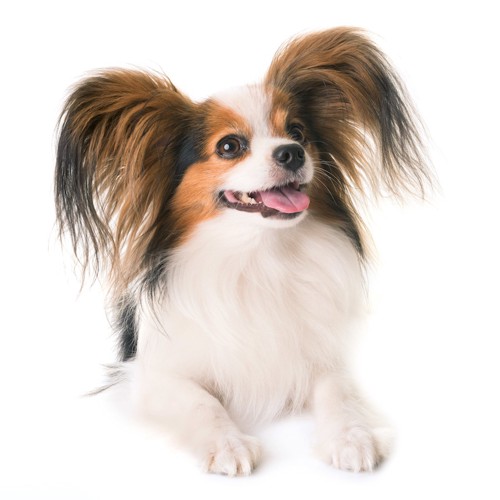
Additionally, Japanese people traditionally favor small dogs, making a petite and adorable breed like the Papillon very popular. This breed’s history dates back to being loved by European nobility, particularly during the era of King Louis XIV of France. In Japan, the Papillon continues to charm many dog enthusiasts with its beauty, intelligence, and dignified behavior.
Grooming
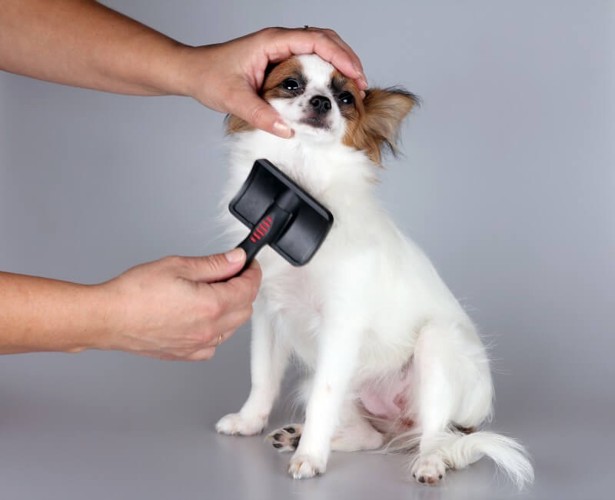
Grooming a Papillon plays an important role in the culture of pet care in Japan, where taking care of pets is seen not just as a duty but as an expression of love. Regular brushing of this breed’s long fur is crucial to prevent tangles and maintain both its beautiful appearance and health. Japanese owners make efforts to untangle fur and maintain skin health through brushing several times a week. Ear care, nail clipping, and teeth brushing are also indispensable habits for maintaining a Papillon’s health.

In Japan, these care activities are commonly seen as ways to deepen the bond with pets. Regular grooming of a Papillon is essential for maintaining its health and beauty, symbolizing affectionate care. This reflects the Japanese cultural value of nurturing and caring for pets as cherished family members.
Health
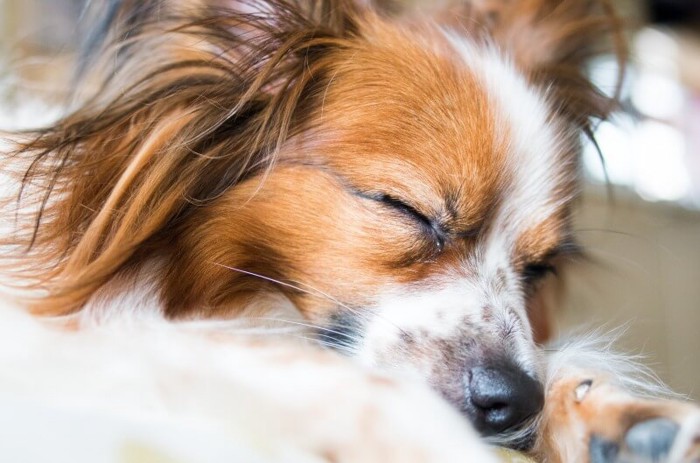
The Papillon is generally a healthy breed, but in Japan, attention to specific health issues is crucial. In Japanese pet-rearing culture, the longevity and health of pets are highly valued. Regular veterinary check-ups are indispensable to support the Papillon’s longevity and vigor. Early detection and management of genetic issues like knee dislocation and heart disease are important.
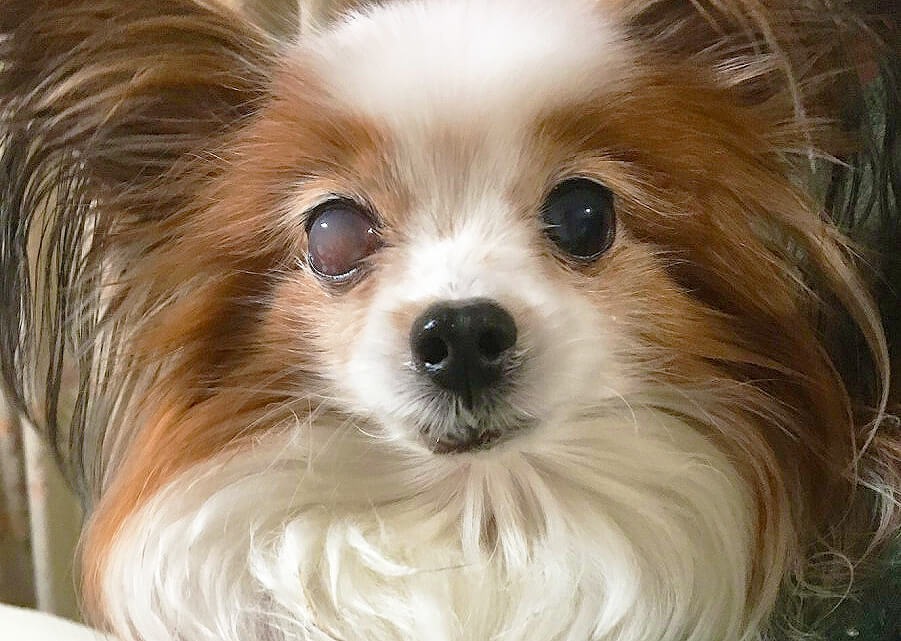
In Japan, proper nutrition and regular exercise are considered essential for maintaining a pet’s health. A balanced diet, exercise, and preventive healthcare are key to managing a Papillon’s health. By paying attention to these health management aspects, Japanese Papillon owners aim to ensure that their beloved pets lead long and happy lives. This dedication to the well-being of their furry companions reflects the deep affection and care that pets receive in Japanese households.

